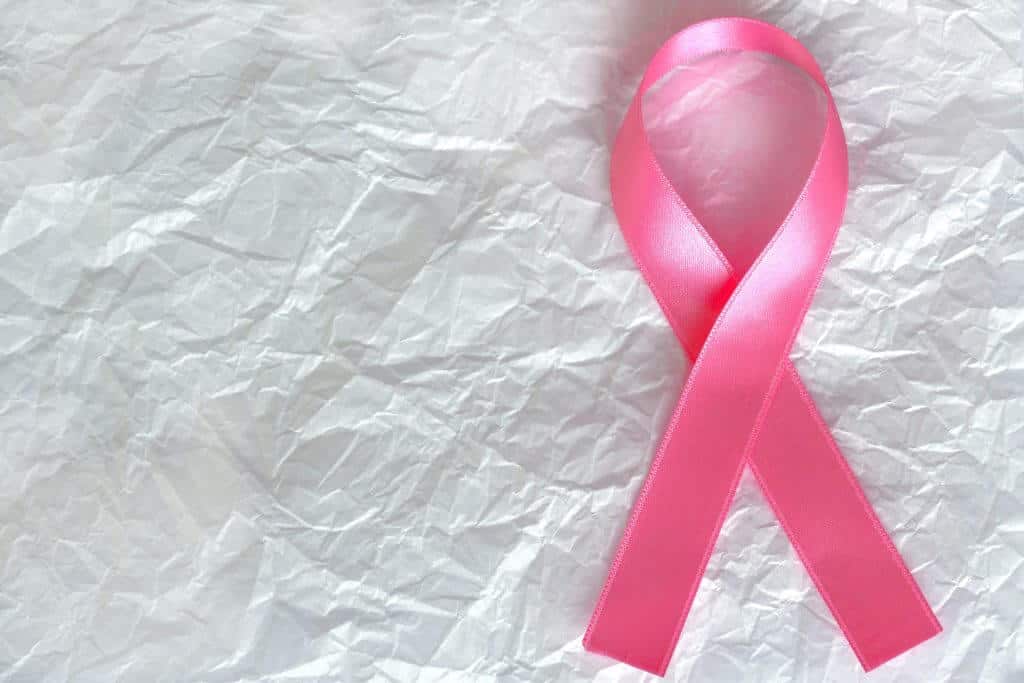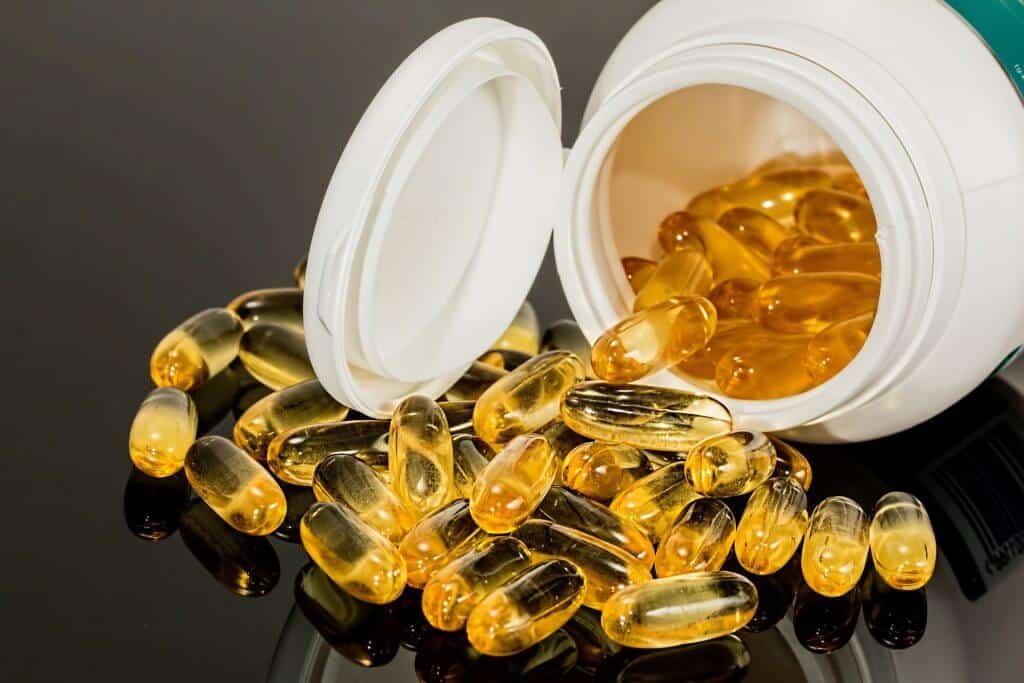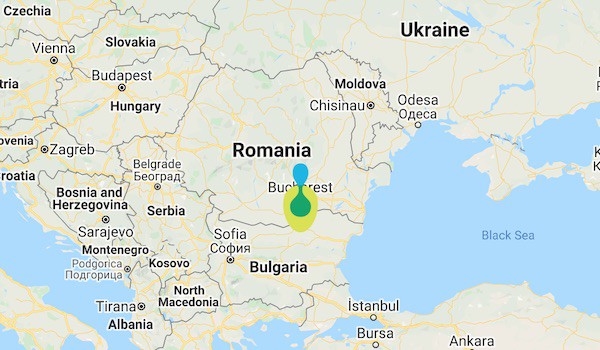Breast cancer is a multifactorial disease, thus to prevent it we should take into consideration both the many risk factors and the few protective factors that we can influence. At my fifth book launch – Breast cancer ain’t pink – I talked about these risk and protective factors, but the workshop recording you can see on YouTube is in Romanian only.
Here I want to mention 5 simple habits that – applied daily – can help us prevent breast cancer.
1. Spend at least 30′ a day outside.
In the modern world we all live in today, where we move from home to the car, from car to the office, and from office back into the car and back home, many of us do not spend even a quarter of an hour in sunlight during some days.
Which means our vitamin D3 level risk to be insufficient to keep us healthy.
Related to breast cancer, studies show that vitamin D3 deficiency is associated with an increased risk of breast cancer and that the deficiency is present in more than 74% of patients diagnosed with breast cancer (1,2).
Of course, besides practicing outdoor activities for a minimum of 30′ every day – consuming foods (like whole milk, egg yolk, fatty fish, various extra virgin oils and raw seeds and seeds), and supplements can help maintain an proper level of vitamin D3 in the blood – ~30 ng/ml –, but optimally the supplement dose should be calculated based on the blood test result of D3 and not on a presumed defficit (3).
2. Practice sports regularly.
Sedentariness affects more and more of us. If we add 8-10 hours daily in the office, 1-2 hours driving in the car, 2-3 hours in bed or on the couch watching TV, and 6-8 hours in bed sleeping, there is very little time left for physical exercise.
The modern living style encourages sedentariness, the risk of breast cancer being much higher in “civilised” countries (4).
We move less and less, we take the car even to the corner of the street. And the less we move, the greater the risk of breast cancer, paralleled with the increased risk of many other diseases (5).
Compliance with World Health Organisation recommendations – 150′ of mild or moderate physical activity or 75′ of intense physical activities / week – may sometimes make the difference between health and illness (6).
3. Do not exceed 1 alcoholic or soft drink per day.
Alcoholic and soft drinks, either sweetened with HFCS (“artificial fructose”) or with aspartame or with other artificial sweeteners, have a metabolic and carcinogenic impact.
Drinking alcohol has been associated in many observational studies with an increased risk of breast cancer (7).
It is not a single glass of red wine occasionally drunk, but occasional consumption of large amounts of alcohol. Many people drink alcohol only once a week, but when they do they consume well over the one drink recommended for cardiovascular protection (equivalent to 10 ml of alcohol / beverage in women and double for men), increasing their breast cancer risk (8).
Compared to people with compulsive consumption of alcohol, abstinent people or those who limits themselves to one single drink a day have a lower risk of breast cancer (9).
Regarding the consumption of soft drinks as a behaviour, many people associate them with social events or with jumping over meals.
Many studies in recent years have shown that HFCS-sweetened soft drinks associate an increased cancer risk, especially for ER+/ PR+ breast cancer subtypes (10).
Studies on the link between soft drinks sweetened with artificial sweeteners and the risk of breast cancer are inconclusive, but some have raised questions about the intake of artificial sweeteners and the risk of bladder, stomach, pancreas and endometrial cancers (11,12).
Consumption of water, green tea and coffee per day seems to be neutral in the prevention of breast cancer, although we have some epidemiological data showing a protective effect for green tea and coffee (13).
4. Try to eat only when hungry.
As long as you are healthy and don’t have specific dietary needs to particular health issues, eating only when hungry will keep you safe both from obesity and from the increased cancer risk associated with obesity.
The nutrients within the food you consume when not hungry will only replenish glycogen stores if there is something to replenish. If you are sedentary and if you usually eat regardless of hunger you will only eat more and more filling up your liver, kidney, adipose tissue and, finally, even your muscles with fat (14).
Now, about the quality of the eaten foods, many studies show that hydrogenated fat are involved in the development of many cancers. On the other hand, a lot of people think that if they eat low fat foods, it lowers cholesterol or triglycerides. But consuming foods in which these natural fats replenished with carbs won’t help as in the absence of these fats intake the human body can make fats from the excessive consumption of carbohydrates (15).
So “excessive” consumption is the problem.
And it is about too much of anything, including too much fruits at the expense of quality protein foods (16).
Every time we eat without being hungry, we interfere massively with all the hormones regulating and maintaining satiety. The main satiety hormone – leptin, abundantly secreted by adipose tissue – will become more and more ineffective in stopping the hunger and becoming more effective in disrupting immunity and estrogen secretion (17). For this reason, especially in estrogenic cancers, such as ER+/PR+ breast cancer subtypes, the respect for physical hunger and satiety is absolutely essential for preventing such diseases (18).
Before you eat anything, physically check whether you are hungry or not.
And check your stomach, not your clock.
5. Cook as often as you can and try to eat at home with your family as often as you can.
Although we learned, strangely enough, to reject everything all that’s Romanian, we still have natural food in Romania and we still cook at home.
Foreign people coming to Romania fall in love with the flavour of our homemade dishes and of Romanian fruits and vegetables. Maybe we should follow this instead of following their example they are applying when they return to their native countries – to cook less and less, to eat “in the city” more and more often.
Food cooked at home is missing from many meals in the “civilised” world because in the civilised world cooking is no longer in fashion.
Maybe also for this reason, highly civilised and modern countries such as Netherlands, France or England are among the countries with the highest incidences of breast cancer in Europe (19).
Quoted studies
(1) Garland, Cedric F. et al. “Vitamin D and prevention of breast cancer: pooled analysis.” The Journal of steroid biochemistry and molecular biology 103.3 (2007): 708-711.
(2) Crew, Katherine D. et al. “High prevalence of vitamin D deficiency despite supplementation in premenopausal women with breast cancer undergoing adjuvant chemotherapy.” Journal of Clinical Oncology 27.13 (2009): 2151-2156.
(3) Garland, Cedric F. et al. “Vitamin D and prevention of breast cancer: pooled analysis.” The Journal of steroid biochemistry and molecular biology 103.3 (2007): 708-711.
(4) Jemal, Ahmedin et al. “Global cancer statistics.” CA: a cancer journal for clinicians 61.2 (2011): 69-90.
(5) Guimarães, Guilherme Veiga, and Emmanuel Gomes Ciolac. “Physical activity: practice this idea.” American journal of cardiovascular disease 4.1 (2014): 31.
(6) Physical activity. World Health Organization; 2014.
(7) Park, Song‐Yi et al. “Alcohol consumption and breast cancer risk among women from five ethnic groups with light to moderate intakes: The Multiethnic Cohort Study.” International Journal of Cancer 134.6 (2014): 1504-1510.
(8) Chen, Wendy Y. et al. “Moderate alcohol consumption during adult life, drinking patterns, and breast cancer risk.” Jama 306.17 (2011): 1884-1890.
(9) Scoccianti, Chiara et al. “Female Breast Cancer and Alcohol Consumption: A Review of the Literature.” American journal of preventive medicine 46.3 (2014): S16-S25.
(10) Cordain, Loren, Michael R. Eades, and Mary D. Eades. “Hyperinsulinemic diseases of civilization: more than just Syndrome X.” Comparative Biochemistry and Physiology Part A: Molecular & Integrative Physiology 136.1 (2003): 95-112.
(11) Yılmaz, Serkan, and Aslı Uçar. “A review of the genotoxic and carcinogenic effects of aspartame: does it safe or not?.” Cytotechnology (2014): 1-7.
(12) DE CHINCHÓN, D. E. C. L. A. R. A. C. I. Ó. N., DECÁLOGO SOBRE EDULCORANTES SIN Y. BAJOS, and EN CALORÍAS. “Chinchón declaration; decalogue on low-and no-calorie sweeteners (LNCS).” Nutr Hosp 29.4 (2014): 719-734.
(13) Ganmaa, Davaasambuu et al. “Coffee, tea, caffeine and risk of breast cancer: A 22‐year follow‐up.” International journal of cancer 122.9 (2008): 2071-2076.
(14) Stoll, Basil A. “Western diet, early puberty, and breast cancer risk.” Breast Cancer Research and Treatment 49.3 (1998): 187-193.
(15) Schwarz, Jean-Marc et al. “Hepatic de novo lipogenesis in normoinsulinemic and hyperinsulinemic subjects consuming high-fat, low-carbohydrate and low-fat, high-carbohydrate isoenergetic diets.” The American journal of clinical nutrition 77.1 (2003): 43-50.
(16) Borugian, Marilyn J. et al. “Insulin, macronutrient intake, and physical activity: are potential indicators of insulin resistance associated with mortality from breast cancer?.” Cancer Epidemiology Biomarkers & Prevention 13.7 (2004): 1163-1172.
(17) Rose, D. P., D. Komninou, and G. D. Stephenson. “Obesity, adipocytokines, and insulin resistance in breast cancer.” Obesity reviews 5.3 (2004): 153-165.
(18) Rock, Cheryl L. et al. “Eating pathology and obesity in women at risk for breast cancer recurrence.” International Journal of Eating Disorders 27.2 (2000): 172-179.





